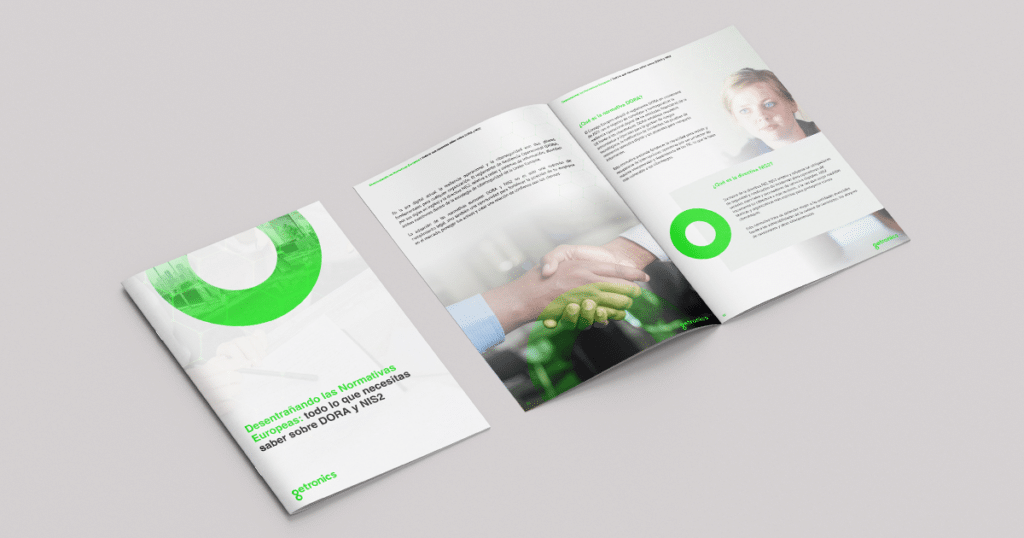10/12/2024
Find out the insurance industry trends that Getronics’ expert, Colin Reid, thinks will become the most important in 2025
Working with insurance clients over the years has taught me one thing: the reality of delivering insurance is a never ending series of evolving issues and updates, each one with the ability to change what insurers do and how they do it. For 2025, the insurance industry trends that the sector needs to keep in mind and start preparing for are related to AI, data, and cybersecurity. Below are three predictions that are going to make waves over the next year, and some tips on how to address them.

Generative AI
The real risk of AI lies in not adopting it: next year’s anticipated GPT-5 launch will mark the point where the technology will make the jump from buzzword to essential tool. Imagine having a PhD-level tech graduate at your fingertips compared to GPT-4’s high school leaver, that’s the anticipated difference in capability.
Customers want a bespoke, tailored solution and in particular GenAI will give insurers the chance to deliver this faster, be it via chatbots handling routine inquiries or routing chats to customer service agents to AI-driven advisors offering bespoke insurance plans.
GenAI also has the potential to similarly streamline and automate the insurance claims process. This will influence the emergence of insuretch products such as flexible and usage-based insurance models that will become the norm.
Investment in data
So, with GenAI’s potential to transform UX insights, how can insurers invest further into data? It’s become a pretty common lifestyle choice to have IoT devices, wearable tech, and mobile apps on us at all times, and it means that customers can send data whenever, wherever. This data will allow insurers to develop better risk profiles, and deliver a more personalised insurance experience as well as improved claims processing.
Data investment has the potential to change the industry’s core challenges, including fraud reduction and the business need for streamlined operations but makes little sense where insurers depend on legacy tech systems. Data architecture must align with 2025 business objectives and the ever-increasing need for agile scaling.
Cybersecurity
While the insurance industry sees the transformative potential of AI, there are also significant concerns about the risks associated with AI for example how some hackers are using GenAI such as ChatGPT for cybersecurity threats. At the moment, the landscape of insurance is hindering more and more on effective cybersecurity. There are notable breaches in recent memory that broke companies, financially and socially. Cyber threats account for disruptions to major industries all over the world, and in 2025 there will be a projected cybersecurity market of $26 billion globally.
Keeping up with this growth is going take a lot of time and energy in 2025. There are risks that need to be minimised, and time spent to meet sophisticated regulatory requirements.
Let’s take, for example, DORA. It’s an EU wide standard that comes into effect in January 2025 – it’ll standardise the way that financial institutions operate their cybersecurity across the continent. It’s going to change the way they interact with customers, and each other.
With these standards coming into effect it will likely mean that regulatory bodies are going to expect more from the way organisations get secured. Weak points are going to need to be minimal and secured, included in a safe but accessible reporting system. It’s the way data will have to be kept protected and secure, so incidents are put off for as long as possible, and resolved in the blink of an eye.
GenAI, data, and cybersecurity all set to play significant roles in the insurance sector in 2025, or at least I think so! Let’s have a chat if you’d like to discuss how to align IT and business strategy ready for these challenges – and others.





